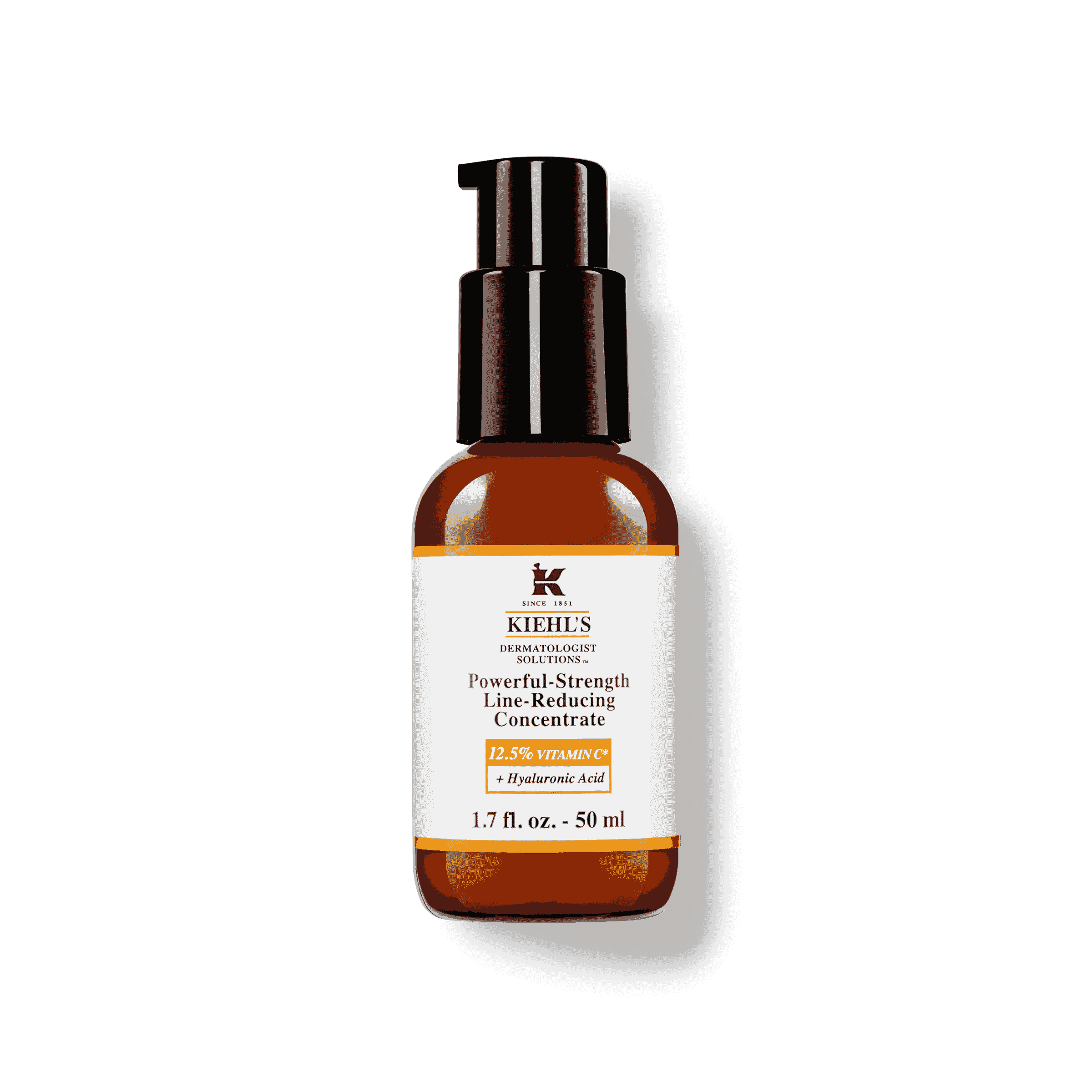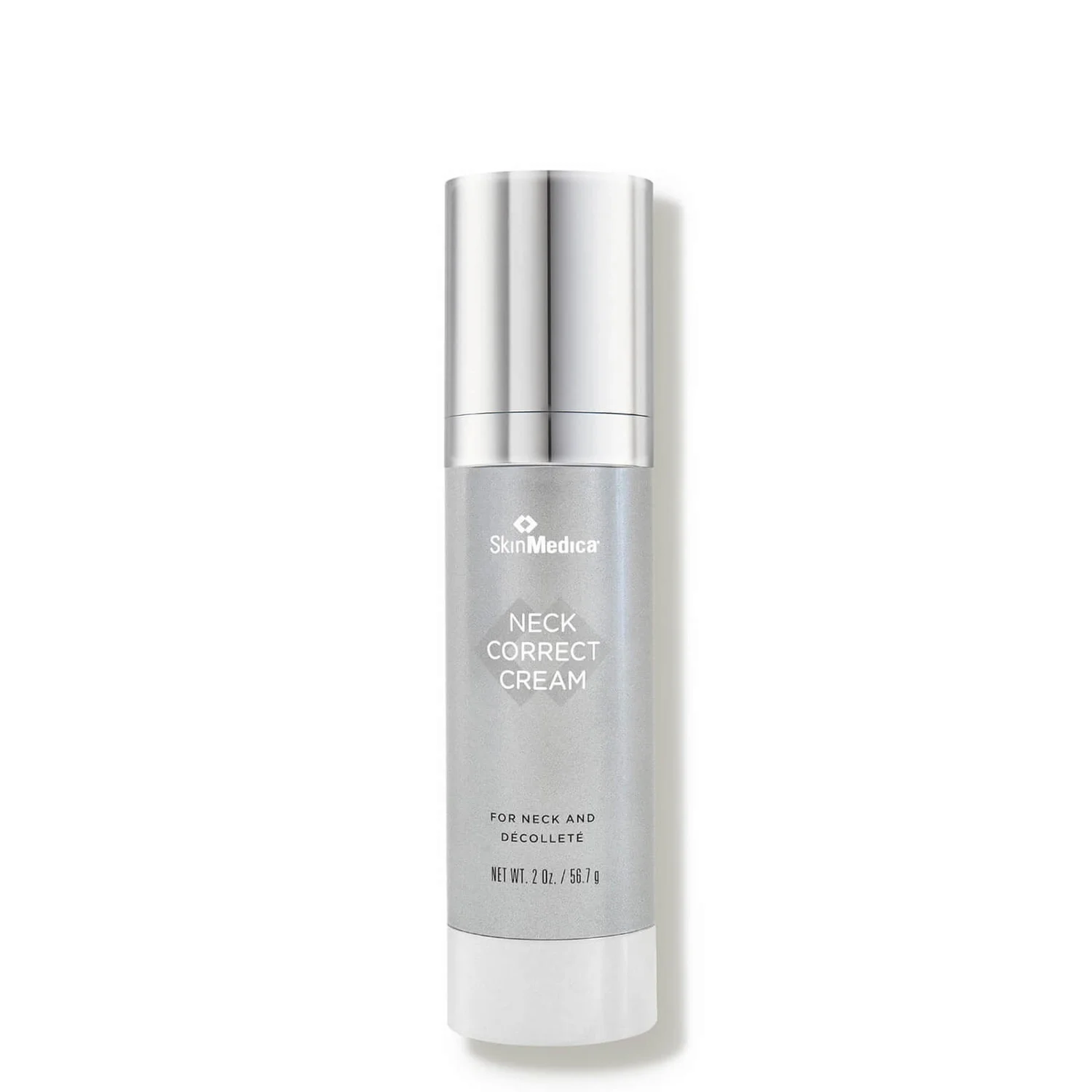Cryo Inflammation Fighting Ice Roller, Face & Body | StackedSkincare
One refreshingly cold at-home treatment developed by aesthetician Kerry Benjamin, who has lifelong eczema, to soothe sensitive skin, de-puff under eyes, and visibly lift your facial contours.
This US Patent Pending roller uses the power of cold to minimize itching and reduce the appearance of puffiness redness. Leave it in your freezer to chill, and gently roll over the skin to soothe skin, lift facial contours, and visibly tighten the skin. Ideal for acne lesions, eczema and puffy under-eyes, this simple tool provides a big chill.
Additional information
| Ingredients | ERGONOMIC HANDLE EGG-SHAPED ROLLING BARREL SOLID STAINLESS STEEL BARREL |
|---|






by Nicole
This roller feels so good on my face! Perfect for a sore spot on your body too!
by Casey
This is a wonderful tool to use to help calm sensitive and irritated skin. So cool and refreshing to your face.
by Morgan
This is my new favorite skincare tool. It eases my migraines and feels so refreshing on my face. Can’t live without it!
by Rebecca
I suffer from eczema and flare ups on my skin. I had heard of ice rollers before but never really delved into it much. After my last flare up, I was looking for a new alternative so I went ahead and order the cryo roller. Instant relief just after the first couple rolls. I trust all of the Stacked Skincare line tools so getting to cryo roller from them was a no brainer.
by Jessica
Love this roller great product.